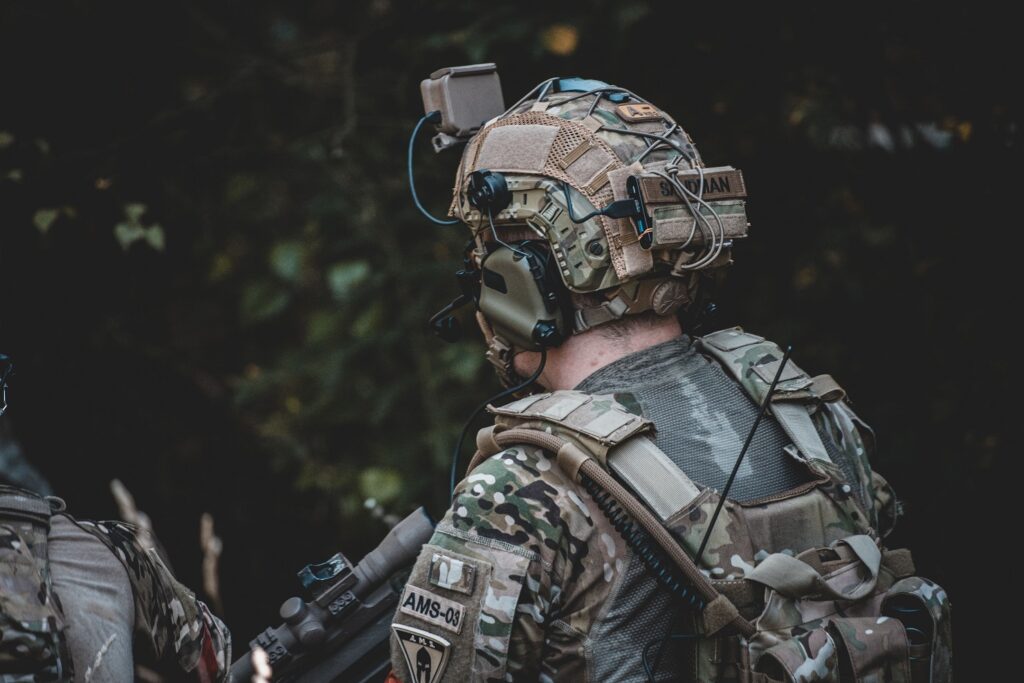
Designing Robust Ceramic Armor for Military and Law Enforcement Use
In the military and law enforcement, armor is a critical component of safety. Ceramic armor has become increasingly popular due to its lightweight yet effective protection. But despite its advantages, design flaws can lead to weak ceramic armor that fails to protect those wearing it from bullets, knives, and other threats. Let’s take a look at some of the practical issues in ceramic armor design.
Weight Considerations
Ceramic armor offers a great balance between weight and protection; however, its weight is still an important factor to consider. Ceramic plates typically weigh between 3-5lbs each depending on their size and thickness. When designing ceramic armor for use in the military or law enforcement, it’s important to ensure that the plates are lightweight enough to be worn comfortably without sacrificing too much protection. Heavier plates may provide more robust protection but they can also be cumbersome, making them difficult to wear over long periods.
Durability Considerations
Durability is another key factor in ceramic armor design since the plates will come under extreme conditions during use in combat or special operations situations. The most common type of ceramic used for armor plating is alumina oxide (Al2O3), which is extremely hard and resistant to wear and tear. That said, it’s still vulnerable to cracking if not properly designed or constructed; therefore it’s important to choose high-quality materials that can withstand repeated impacts from bullets or other projectiles without breaking down over time. Additionally, any sharp edges should be smoothed out so that they don’t cause discomfort when worn for extended periods.
Cost Factors
Of course, the cost must always be considered when designing ceramic armor as well. Although ceramic is usually cheaper than steel or Kevlar, there are still tradeoffs involved when using this type of material in an armored application because it requires specialized manufacturing processes like sintering or hot pressing which can drive up costs significantly. It’s important to strike a balance between cost-effectiveness and quality so that you get the best bang for your buck while still producing reliable protection against enemy rounds or blades.
As you can see, many practical issues must be addressed when designing robust ceramic armor for military and law enforcement use — from weight considerations to durability factors and cost concerns — all of which have an impact on how effective the final product will be at protecting against bullets and other threats faced by those individuals in harm’s way every day. By taking all these elements into account during product development, manufacturers can make sure their body armor meets their customers’ exact needs while also ensuring maximum reliability under even the most extreme conditions imaginable.
For those looking for maximum protection against ballistic threats in a lightweight package, be sure to check out RTS Tactical, their Level IV armored plate is of ceramic construction and contains the impact from multiple rounds with zero spalling while keeping the back face deformation to a minimum. It also complies with the NIJ guidelines.
For more articles, please click here.